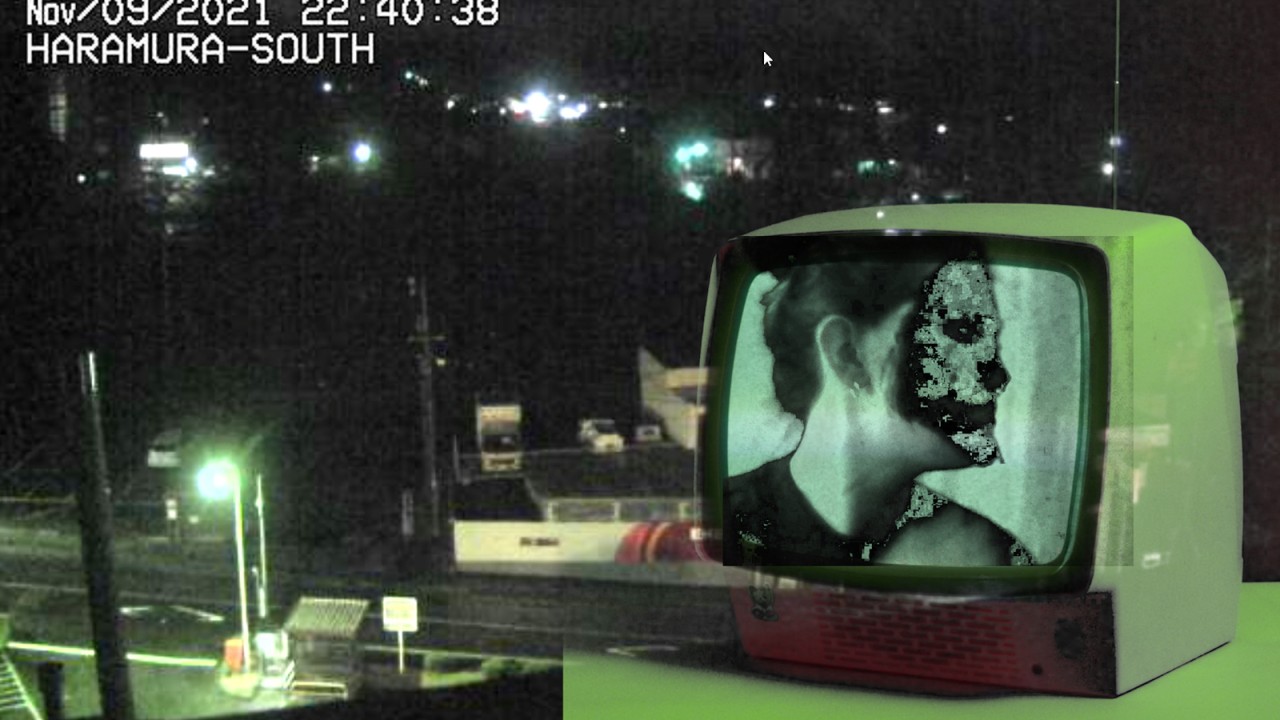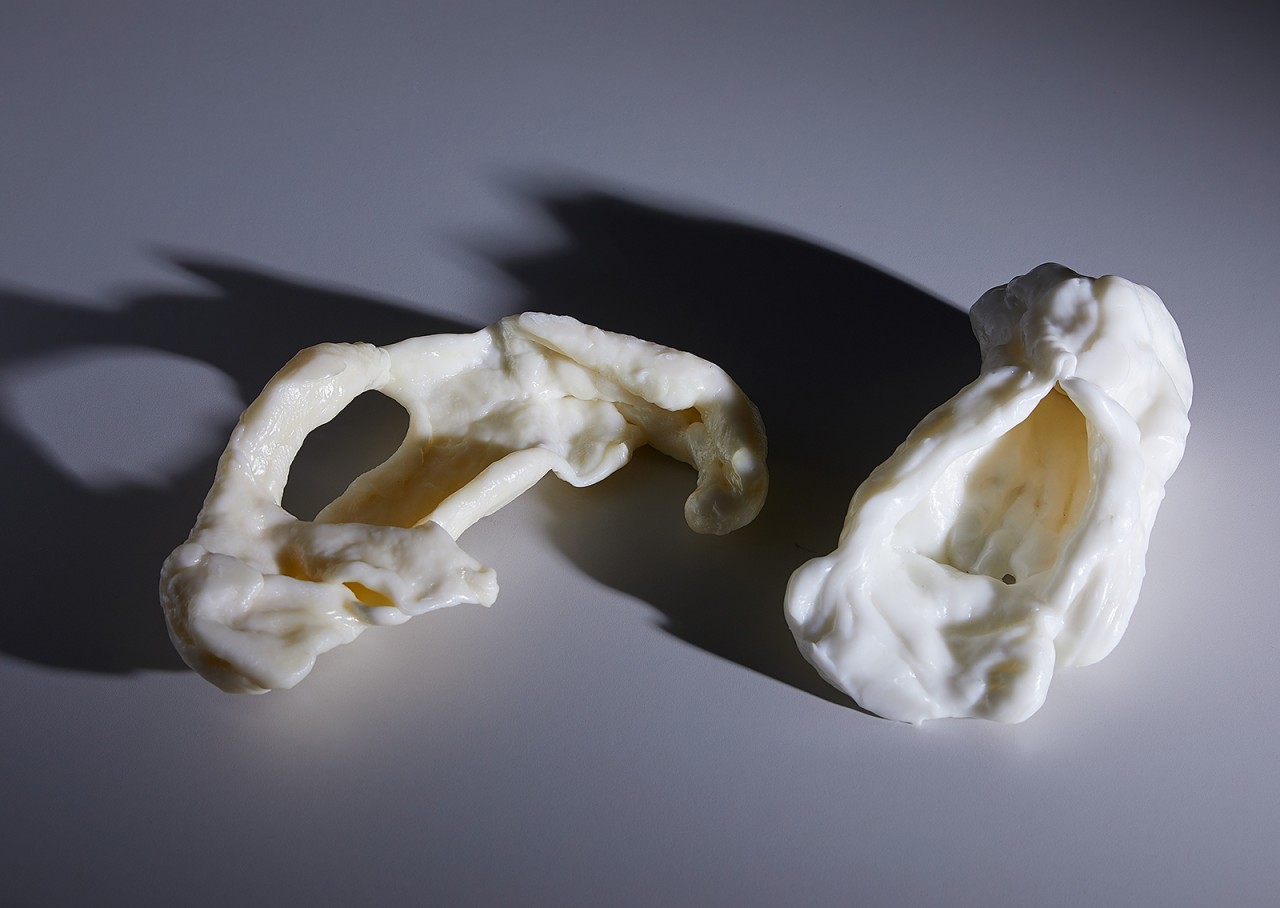NOWHERE <> ABJURER
ROT13 is a letter substitution cipher that replaces a letter with the 13th letter after it in the alphabet. In this way, the word “abjurer” becomes the word “nowhere,” an unusual case where the encryption of a word does not render it illegible. This installation unfolded out of a question about how to speak about minor narratives. By minor narrative, this work intends the meaning of a narrative that is about exteriority; about the self as a site that resists being read using a common framework of understanding. Language is a system by which thought is translated into legibility; the approximation of intent. When speaking, one uses the language of the majority to convey meaning. The body, the face, the voice, they are a screen projected onto externally and internally simultaneously.
This installation is on one level about mediation; the screen adding a layer to how the body is read and functioning as a mechanism for speaking about the fissuring that occurs between the translation of the self and the external world. The sculptural forms are organic and white. As the videos seek to destabilise an understanding of what is “natural” to understanding one another, the forms speak the syntax of the organic, the human but are ultimately unintelligible. The forms dialogue with the videos speaking about the antithetical nature of intelligibility; the interplay between the perceived material and immaterial body and the body as a site of knowledge production.
This work was influenced by reading and translating sections of Franz Kafka’s work. German as a language contains far fewer words in its lexis than English. Kafka played with this multiplicity of meaning, of ambiguity, which has led many to speak about the untranslatability of the work. The use of German and text from Kafka’s work adds a consciousness of how language functions as an incomplete conveyer of meaning and the estrangement between the self and one’s language.ABJURER <> NOWHERE



